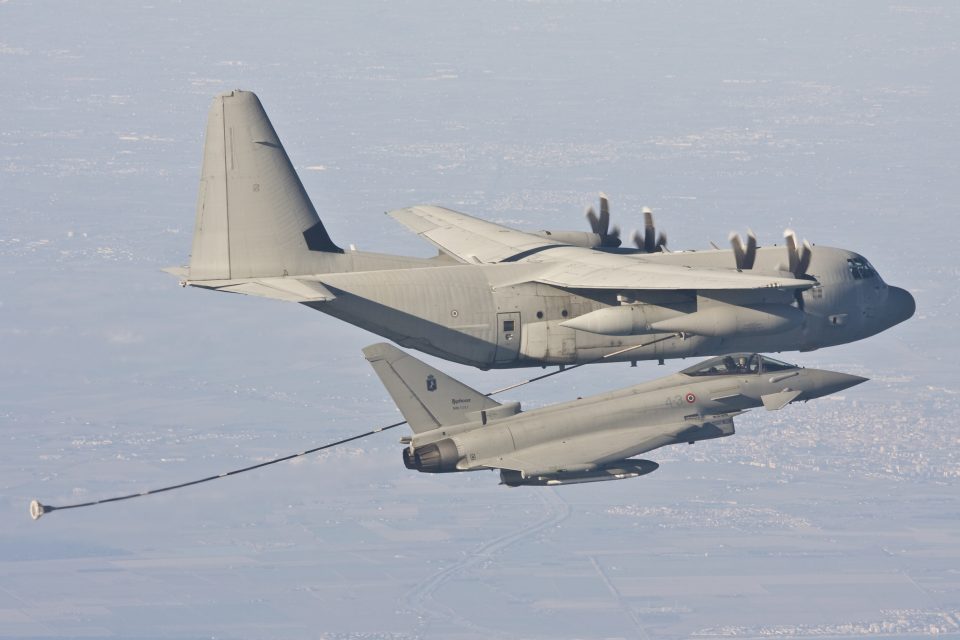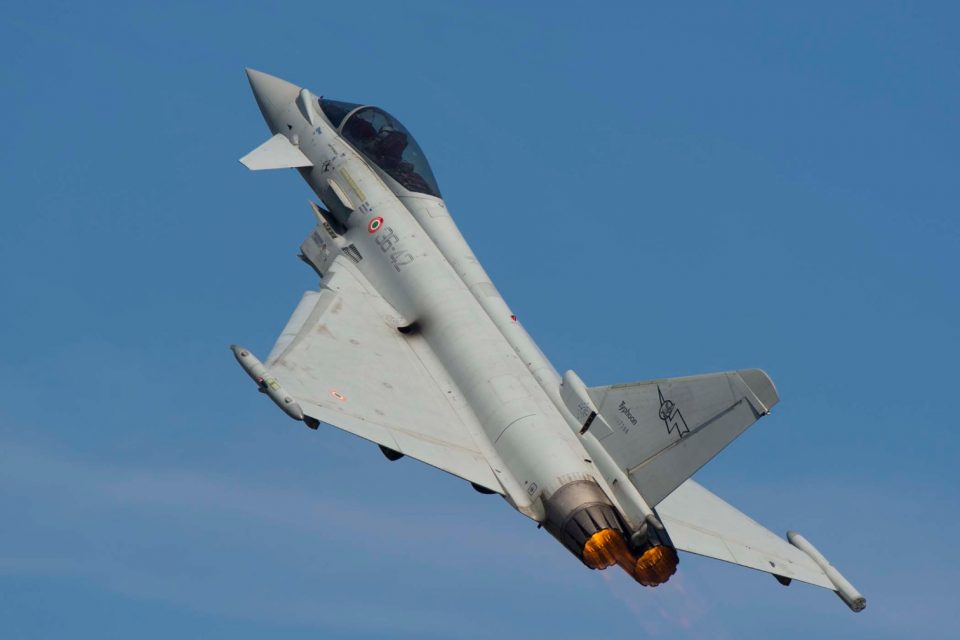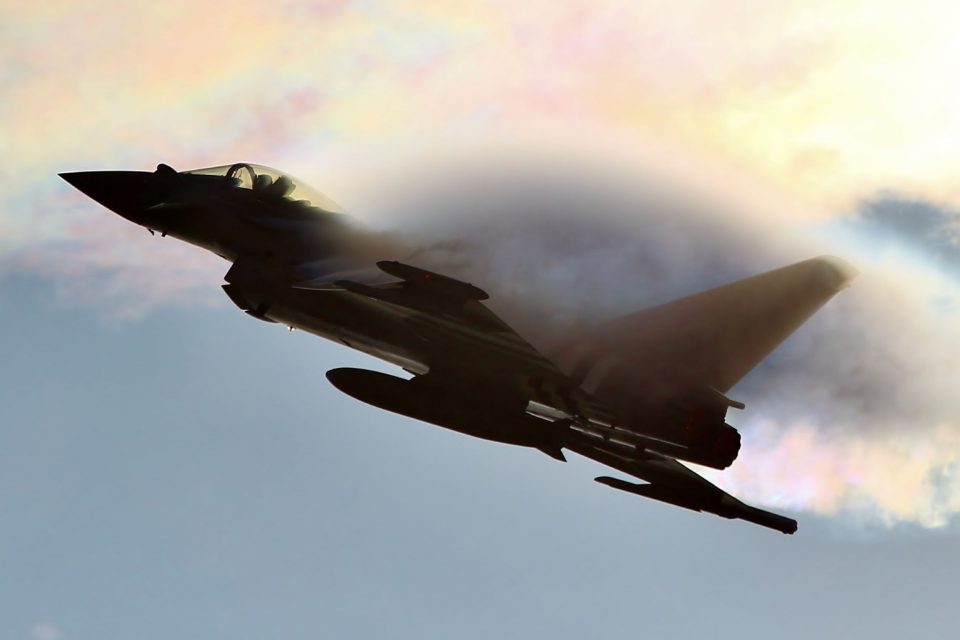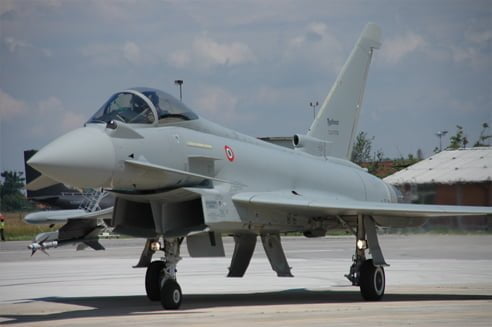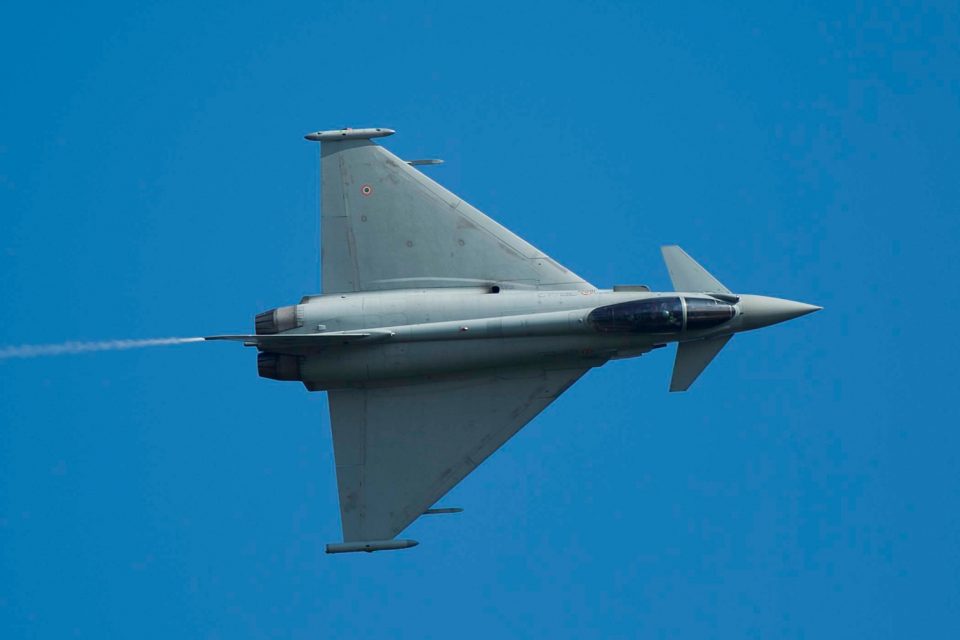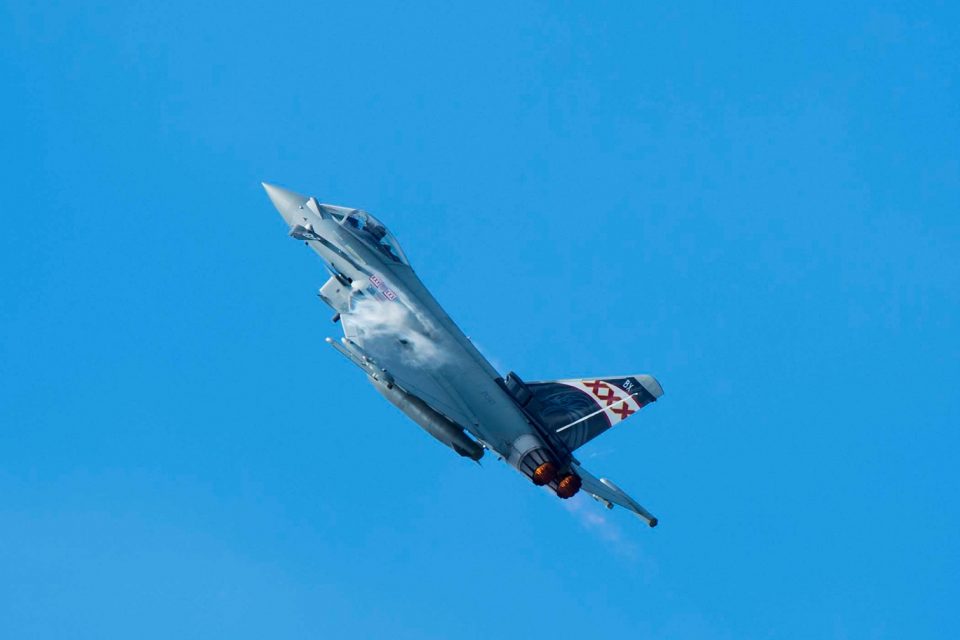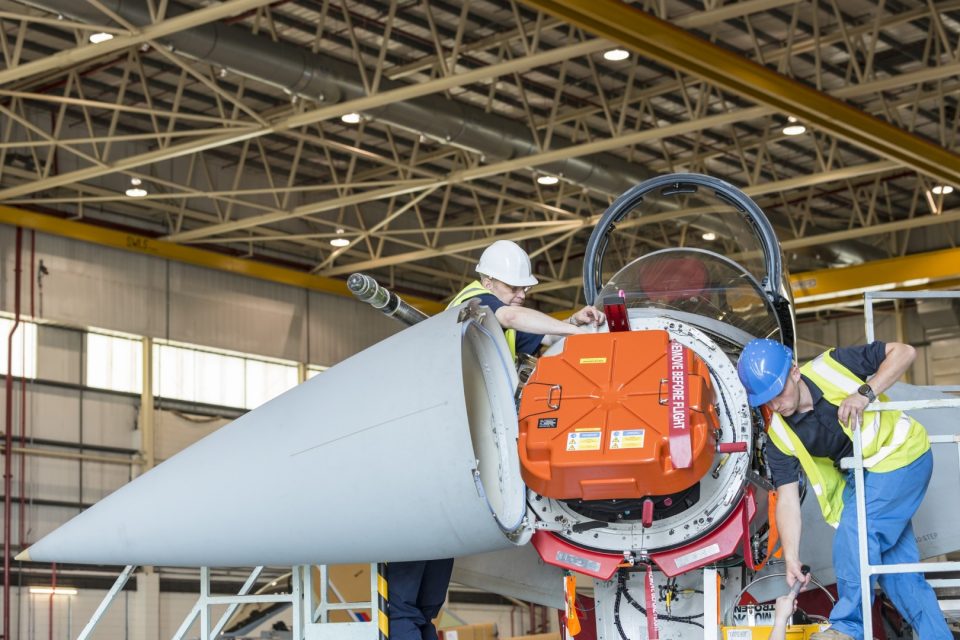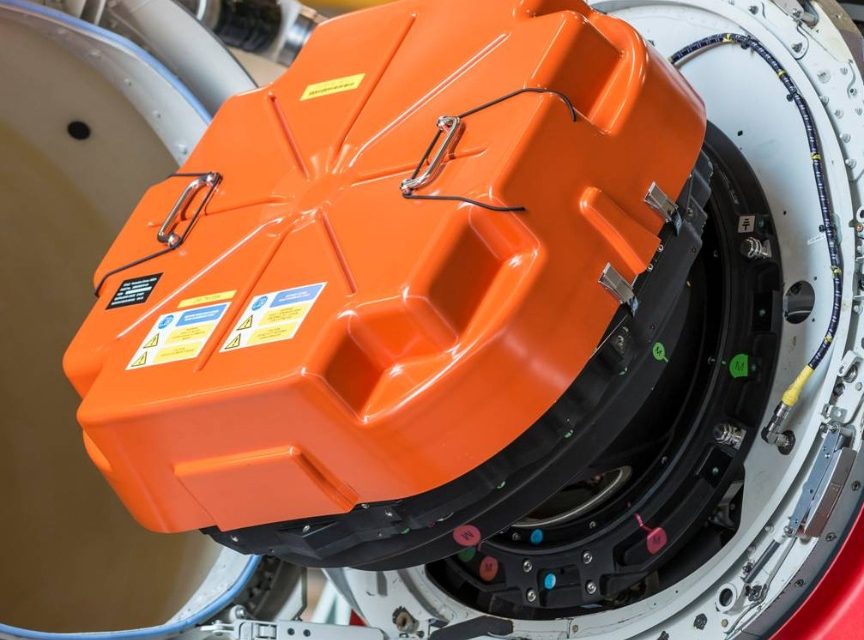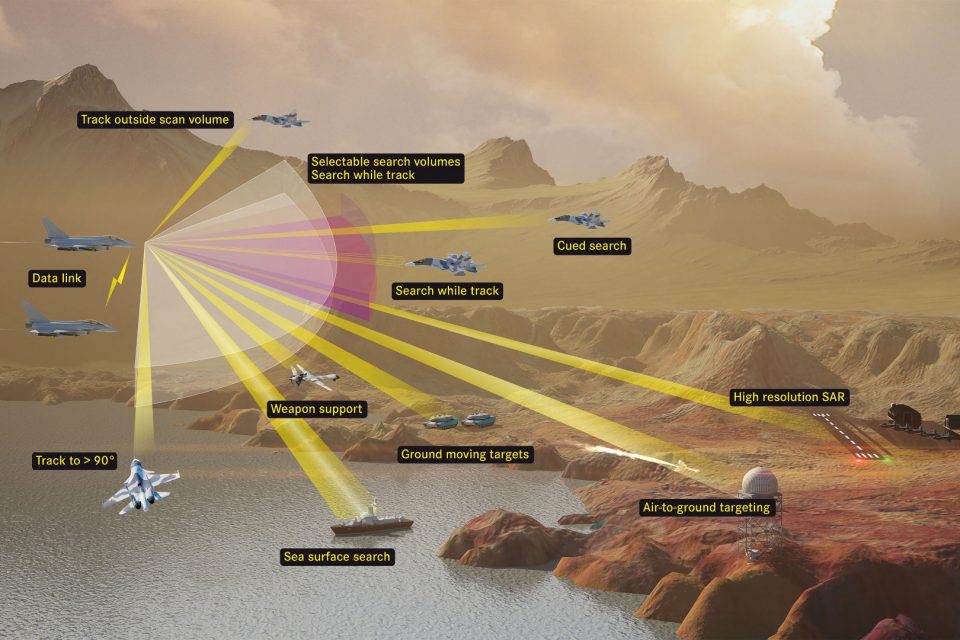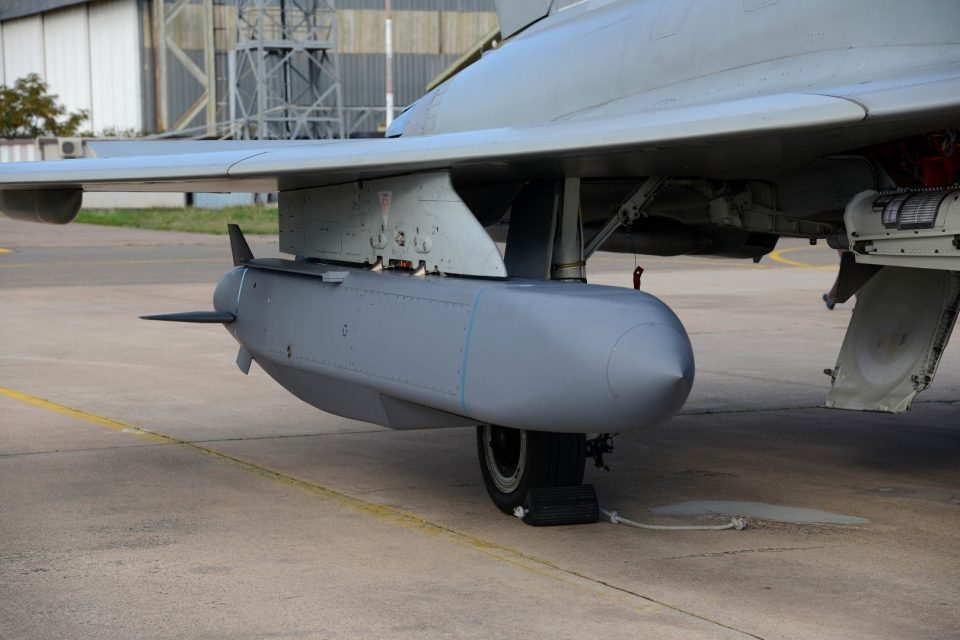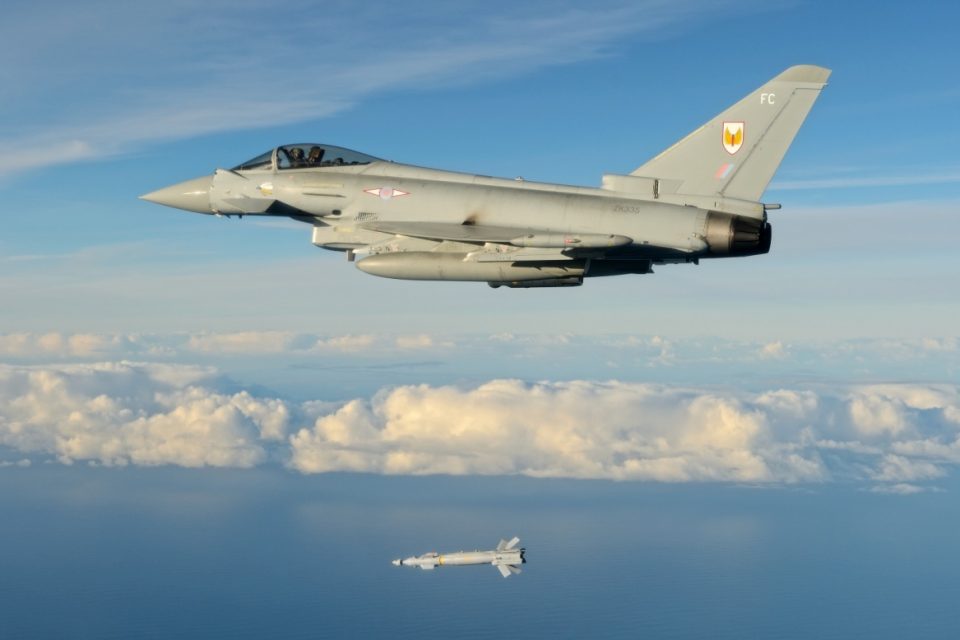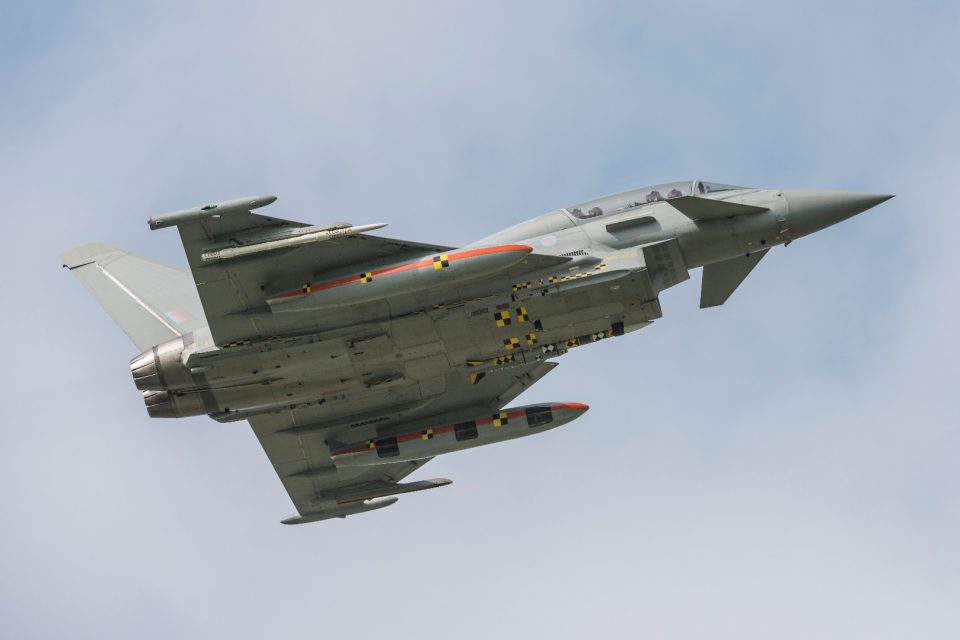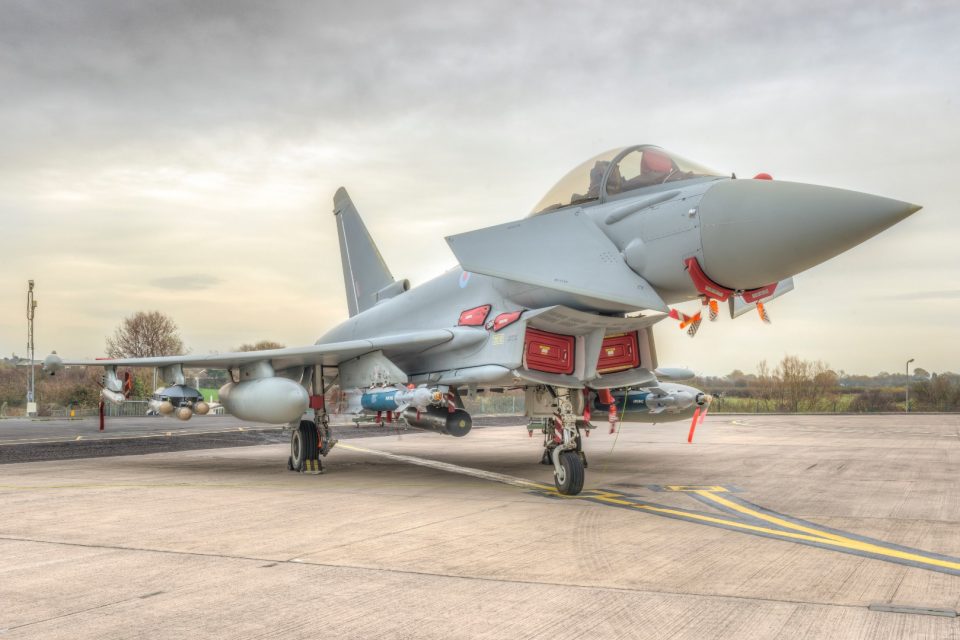2015-10-21 By Robbin Laird
During my visit to Eurofighter in Munich, Paul Smith explained the thrust of modernization of Eurofighter and the approach highlighted by Italian test pilot, Major Raffaele Beltrame.
In this interview, Lars Joergensen explains the underlying approach to modernization.
The Second Line of Defense team first met Lars at a seminar in Copenhagen on airpower. This was not surprising for not only is Lars Danish but he is currently running the Eurofighter campaign in the Danish competition for its replacement combat jet.
The team was impressed not only with the knowledge of combat aviation evidenced by Lars but his ability to explain how Eurofighter fit into the evolution of 21st combat aviation and the evolving choreography of air combat operations.
Lars has an impressive background with Eurofighter, having worked on a wide range of issues within the company.
He worked as a sensor flight test-/system engineer on the Eurofighter for 8 years, then in the Business Development world and now doing sales in Denmark.
Although I have been to Munich many times, Lars invited me to have a chance to talk with the team and to see the Eurofighter cockpit modernization and related facilities.
With the Royal Air Force and the Italian Air Force focused on retiring Tornado and having Eurofighter subsume Tornado ground attack functions, the shift from air defense to a broader multi-mission role is obvious and important for the Eurofighter nations.
But our discussion goes beyond this to shape a broader understanding of the intersection between the radar modernization and the evolution of the crucial triad of plane, pods/sensors and weapons in shaping the way ahead.
And underlying the modernization of the plane is a shift from the classic federated computer system in the aircraft to a more flexible sensor integration approach.
Question: The airplane was born in the last period of the cold war and was designed for air defense.
How would you describe its evolution since its origins?
Lars Joergensen: The plane was conceived in the 1980s, designed in the 1990s and built in the 2000s. It was produced and used in the first decade of the 21st century as an air defense or air superiority fighter. Its combat systems were optimized for those missions.
It was designed to fight and win the air-to-air battle and assist in clearing the skies to enable the ground attack mission then to succeed against the Soviet Union and the Warsaw Pact. It could always carry ground strike weapons, but that was in the context of a second phase after performing the mission it was optimized for.
Now with the incorporation of the Tornado missions by Eurofighter, the multi-mission capabilities are being shaped and implemented for the aircraft.
And for the RAF and the IAF, there has been a plan for some time to fly both the F-35 and the Eurofighter together and in so doing the Eurofighter is being modified and modernized as part of their approach to air combat operations.
They are planning for the cross-use of these airplanes and sharing many of the same weapons.
And even if they fly many of the same weapons, they are planning to use the planes and those weapons differently in shaping their approach to 21st century air operations.
Question: You were showing me earlier, the nature of the core computer system in the aircraft and the evolving dynamics of change.
Could you explain the baseline concept as well as the approach to change?
Lars Joergensen: The systems architecture is built around a federated system where each computer communicate with each other via high-speed data busses.
Each of the combat sub-systems was housed in separate physical computers as part of the avionic system running the aircraft.
And each of these sub-systems, such as communications, display & control, attack, flight control, etc. was tasked to one of the four core Eurofighter companies.
But technology has changed, computer processing speed has increased dramatically, and now we are looking at the computers in the aircraft less as blocks of capabilities, than as cluster of slots housing GigaHertz clock speed processors, which can add, enhanced capabilities and provide some key data fusing functionalities.
We have learned that too much integration can actually be a disadvantage as it removes the flexibility to quickly add on new functionality.
One could say that our way of now clustering processors with high communication needs to “slots” which then exchange data via a lower bandwidth bus is an optimized compromise of an integrated architecture.
So in my view we found the optimum compromise, which also provides for significant redundancy, which is a good thing in the evolving era of what your team has called Tron Warfare.
Obviously, integration is necessary to ensure flight integrity, but because integration occurs through the avionics bus this clearly is a key focus of attention as we modernized the airplane.
And of course, some classic capabilities can be modernized but the basic system works so well that it is modernization more for security purposes than anything else. Here I have in mind the flight control system which is central to managing an aircraft which is designed inherently to be unstable but stabilized by the flight control system. The plane is balanced and stabilized by the computer flight system.
And as we move forward, we will look at the slots in the computer systems as places where we can build in additional data links, or fuse data in conjunction with the pods and weapons on the aircraft as well.
Notably with regard to the communications ports and the attack identification ports we are looking at adding in more interactive capabilities for the aircraft.
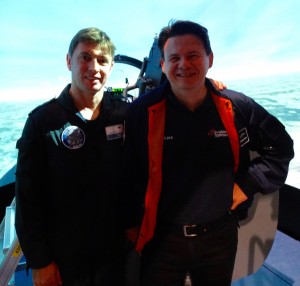
Question: Let us focus on some additional modifications as well. Eurofighter has recently announced an upgrade of the aerodynamic system, which enables an expansion of the payloads to be delivered by the aircraft.
Could you discuss those innovations?
Lars Joergensen: By the addition of fuselage strakes and wing root extensions, we have increased the maximum lift created by the wing by 25% and increased increased yaw stability significantly at high AOA. The immediate benefit is increased turn rate, tighter turning radius, and enhanced nose-pointing ability at low-speed, which are essential fighter capabilities in air-to-air combat.
In addition, the kit provides extra growth potential, enabling easier integration of future air-to-surface configurations and flexible applications, enhancing the aircraft’s mission effectiveness in the air-to-surface role.
You can really now create some fancy weapon configurations on the airplane and still have a good aerodynamic robustness of the airplane, which helps you a lot when you’re clearing and certifying weapon loads because the certifier knows that this airplane is now very robust and able to deliver those weapons with a broader AOA.
Question: Earlier we discussed the F-16 and its analogy to how you see the Eurofighter evolving.
Could you return to that discussion and lay out how you see the significance of the F-16 analogy?
Lars Joergensen: Because the F-16 had a robust airframe, a very good thrust to weight ratio and a federated avionic architecture, it has been able to evolve way beyond the original concept of the airplane. By the constant addition of capabilities, it has grown significantly in weight over time, roughly a pound a day since 1974 through the late 1990s.
It was able to do so successfully because of its robust airframe, its good thrust to weight ratio and miniaturization of computers and of electronics.
Its federated avionic architecture made it possible to upgrade the weapon system stepwise and in competition – one of the “secrets” of its affordability. Just look at the multitude of EW systems and targeting pods available for the F-16.
And with the weapons development, notably the AMRAAM, suddenly even the F-16 could become an air superiority fighter and provide impacts similar to an F-15, something not envisaged when the F16 was designed.
Question: Let us return to the question of flying and fighting with 5th generation fighters. The British have flown with F-22s at Nellis and the Germans in the Alaska Red Flag.
What feedback have you had from those experiences?
Lars Joergensen: At a Farnborough Air Show a couple of years ago, we had discussions with some members of the Air Force Research Lab who were focused on how the F-22 and the Eurofighter made a powerful team in carrying out air strikes. Given the speed and high altitude both airplanes can fly at, they were interested in discussing how to weaponize such an air combat force.
As they put it, “We are firing third generation weapons from fifth generation aircraft and this makes no sense.”
And clearly they were interested in looking at the interaction between weapons in the internal bay of an F-22 allowing it to operate as a low observable aircraft and Eurofighter with its evolving payloads as an interesting way to shape a way forward.
With regard to Eurofighter we have own variation of flying older weapons as you saw in the cockpit simulator where we receive voice-warnings with regard to some weapons not being designed to operate at the speed which Eurofighter can operate and deliver weapons.
There are two other problems as well, namely data sharing and linking and IFF challenges.
How do we ensure friend and foe identification with a mixed combat force involving the F-22?
Question: With regard to weapons, obviously the coming of your AESA radar will facilitate change in interaction with weapons as well?
How would describe this change?
Lars Joergensen: Our current mechanically scanned radar has proven very good for the air to air mission.
With the AESA you have much more flexibility, and part of that flexibility will be to work with weapons differently in particular as a data facilitator.
The first new weapon were this will become very clear is Meteor where the airplane will interact with the data link on the missile to identify and destroy targets in a fluid air combat space. Other weapons will follow.
Thanks to the Eurofighter’s large nose aperture, combined with the ability to move the AESA antenna, we will be able to fire, guide and communicate with weapons “over the shoulder” so to speak while flying away from the threat, thus significantly enlarging our attack envelope with missiles.
Question: There is a clear interaction among changes in the aircraft, the weapons onboard the aircraft, and with upgrades in the sensor pods.
In a sense you are have a triangular approach to modernization?
Lars Joergensen: It is clear that a variety of Air Forces are using their sensor pods, including targeting pods, to provide a variety of information and quickly increase capabilities.
By combing those innovations with weapons innovation and tying them back to the aircraft you can get enhanced combat effect.
And given that the process of tranche upgrades inevitably will be slower than pod upgrades, this expands the ability to modernize at a more rapid pace than we could do simply through tranche upgrades on the aircraft itself.
Put another way, the “intelligence” of the weapon system can be described as the sum of the capabilities of the platform, the pod, the weapons and of course the other datalink participants.
And it is the sum of all these elements that turns you into an effective operational asset.
It is often easier to upgrade the pod instead of the platform.
For example during the Swiss flight evaluations, we turned the Tranche 1 Eurofighter platform into a really good recce-asset overnight by adding a pod and leave all the processing in the pod – there were no changes to the platform’s avionic system or software.
One can also use the intelligent weapons as sensors. For example, the Norwegian F-16 uses the IRIS-T seeker as very capable IRST.
And with the coming of Litening 5 to the Eurofighter, which then allows Eurofighter partners to determine how to use the slots in the pod to augment desired and relevant combat potential.
The press release concerning LItening 5 highlighted this point:
“Meanwhile, the miniaturization of some of the components used in the pod has left two empty spaces, which Oren says will allow customers to incorporate dedicated, and in many cases classified, features.”
Since we have a high capacity connection to the pod, these empty spaces can often be used as a quick fix to urgently needed Weapon System features.
Features you then might pack into the platform upgrades at a later time, when it fit with the general upgrade cycle.
Editor’s Note: The three slideshows show various shots of Eurofighters, the AESA radar coming with Tranche 3, and some of the weapons integrated with the Eurofighter.
Credit Photos: Eurofighter



